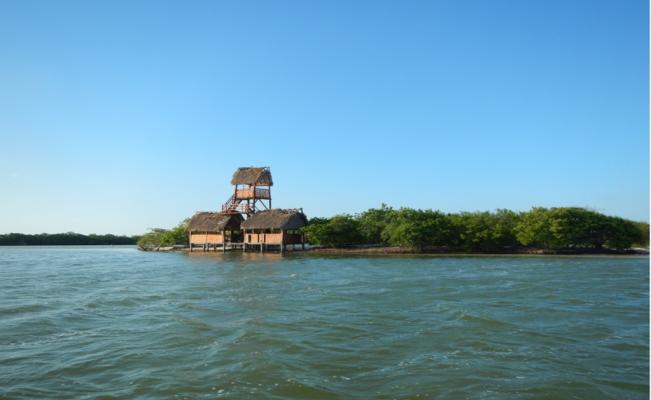The uncontrolled increase of tourism in Mexico could affect the future of its unique beaches. Holbox is an example of how tourism can consume Mexico’s environment…
According to El Universal, tourism in Mexico looks on the surface like piña coladas and sunglasses, but underneath are plastic bottles and organic waste suffocating ecosystems. The Tourism industry is responsible for the accelerated and chaotic urbanization of these areas and is contributing to the pollution of marine ecosystems.
Mexico has a coastline extension of 11,122 kilometers (6,911 miles) and several of its beaches are internationally famous. They are part of the main attractions of Mexico’s tourism industry, generating almost 9% of the Gross Domestic Product (GDP) of the country, yet the negative impact on the environment and local communities is undeniable.
For Miguel Rivas, Ph.D. in Biological Sciences from the Institute of Ecology of the National Autonomous University of Mexico (Universidad Nacional Autónoma de México, abbreviated UNAM), the tourist industry and coastal urbanization cause the main problem of waste disposal or waste management.
Plastic is the most common waste found in the oceans, in fact, the United Nations Environment Programme (UNEP) estimates that by 2050 there will be more plastic residue than fish in the seas. Each year about 10 million tons of plastic residue end in the ocean, resulting in the integration of tiny plastic particles into fish and crustaceans food chains.
According to Rivas, the risk of emerging non-biodegradable materials in the oceans increases when neighboring populations exceed their capacity.
This is very clear in Mexico’s main tourist centers, such as the Yucatan peninsula and the California peninsula. Places like Cozumel have been affected by the constant transit of cruises causing higher sea temperature and damaging the corals. However, Holbox Island is the most critical case.
“Holbox is a small island where all the effects of the tourism industry are seen all together. It is a microcosm that shows a system of saturated sewage, plastic residue and in general a collection of materials that are consumed and abandoned.”
Holbox is located in the northern area of Quintana Roo. Its impact on the tourist industry is relatively proportional to the amount of garbage it generates. It is estimated that tourists produce about 360 tons of garbage per month, a figure that has increased more than 500% in the last decade.
Source: www.eluniversal.com.mx



